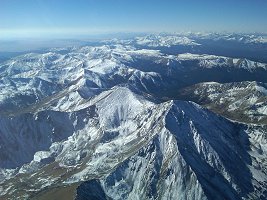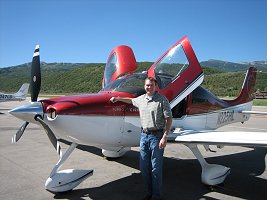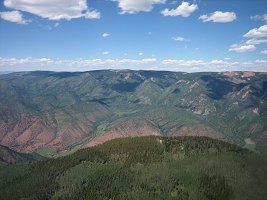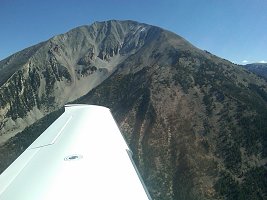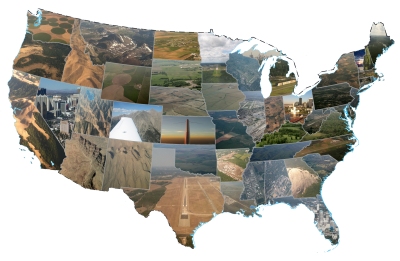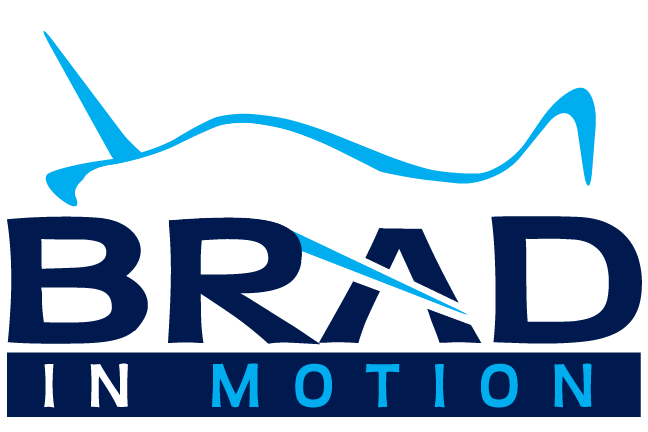Aspen Dreams: Flying the Rocky Mountains
More than 20 years ago, I took my first trip to Aspen. It’s a magical place where everyday life feels like a distant place, like you’re experiencing living in a bubble a million miles away. It’s a place where fantasy is reality, where everything is perfect and life is good. At the start of my first visit, I vividly remember sitting in my airline seat feeling the rush of the steep descent over the mountain ridge into the valley for landing. Each year, I would return to Aspen, always looking forward to the landing experience signaling the start of an amazing visit. Roughly 15 years ago, I began flying a small Cessna 152. From the first moment I stepped into the cockpit, I always dreamed of landing in Aspen with me at the controls. I eventually was able to purchase a 172SP and later, a normally aspirated Cirrus SR22 aircraft. The Aspen dream was still alive and well, but I simply didn’t feel comfortable doing any sort of actual mountain flying.
At the end of 2009, the opportunity presented itself for me to purchase a new Turbo Cirrus SR22 Aircraft for my business. My current Cirrus was phenomenal in every way, but I still found myself only flying in the Eastern half of the US. I imagined what additional doors could be opened for my business if only I could fly in mountainous terrain with confidence – the entire US would be within my reach to fly myself, better serve my customers and grow my business. I took delivery of a shiny new red and white Cirrus with a state-of-the-art Garmin Perspective avionics suite. The plane was loaded with every feature available, notably for the sake of this story, a synthetic vision system with an impressive terrain avoidance system. These systems would prove to be especially useful in the mountainous terrain where I desired to fly.
I knew that mountain flying was inherently dangerous. As a flat-lander pilot, I would never imagine taking on the challenge of mountain flying without solid instruction. I turned to the helpful community members from the Cirrus Owners & Pilot’s Association (COPA) for their recommendations. Within minutes, numerous members responded and indicated their top choice for world class mountain training was Independence Aviation based at Denver’s Centennial Airport (KAPA). I spoke with Chuck and Bob who were both very friendly and worked with my schedule to ensure proper training time was allocated. A few days later, I was receiving my first taste of mountain flight training with Chuck as we begun ground training. He dispensed an impressively vast amount of knowledge which had been accrued through his many years of experience. Early the next morning, we met at the Centennial Airport for my first actual flight into the Rocky Mountains with me at the controls.
As we departed Denver, I knew my flying life was about to change. We activated the on-board oxygen system almost immediately after departure, which was unusual compared to my normal flying routine. I’ve used oxygen systems in the past, but rarely for long periods of time at high altitudes where we’d be flying that day. As we crossed over the front range of the Rocky Mountains, my eyes practically bulged out of their sockets as I glared in awe at the beautiful sight ahead. I realized I was really doing this, I was finally flying the Rocky Mountains. We flew for another half hour and soon were approaching our first stop… Aspen, Colorado!
As we approached the ridge next to Aspen, I was excited, nervous, cautious, you name an emotion, I felt it that moment. Although emotions ran like a raging river through my mind, it’s also important to note that I felt very safe with a very experienced mountain aviator by my side. As my Cirrus soared quickly across the ridge and we began our descent into the valley, I finally heard those magical words I had waited so long to hear… “Cirrus November 225 Hotel Lima, Aspen Tower, Cleared to Land”. The descent was steep, even steeper than I had ever experienced flying commercially. Chuck reassured me I was on the right path and doing just fine the entire time. He has a very calm demeanor which allowed me to relax, yet also perform at my finest as he guided me through the approach. As we descended into the valley, the amazing view of the mountain walls filled my windows which was so foreign to anything I had ever experienced in all my years of flying. As I continued the approach, I listened with eager anticipation waiting for my Garmin Perspective system to verbally announced the 500 foot altitude call out. Soon, the Garmin call out roared through my headset and my face lit up with a giant smile knowing we were so close. I crossed the road on my short final approach into the airport. My moment of glory was becoming a reality. Moments later, the wheels of my Cirrus SR22 were gently touching down at Aspen Airport for the first time ever with me at the controls. I wanted to dance, to cheer, to proclaim to the world I did it! I had landed at one of the most challenging mountain airports in the country… Aspen, Colorado!
Since that first landing mountain airport landing, I’ve done more mountain training and have loved every second of it. I promised myself I wouldn’t even dare attempt landing at any mountain airport without an instructor until I was completely confident in my own abilities. In addition to the actual mountain flying instruction, I also did a lot of reading, most notably Sparky Imeson’s Mountain Flying Bible which I highly recommend. I eventually gained enough knowledge and experience where I finally felt comfortable flying myself into mountain airports, including most notably, Aspen Airport.
As we fast forward to today, I’m now an avid mountain flyer and get to fly the Rocky Mountains frequently. Whenever I fly the Rockies, I feel like a freshly minted pilot, feeling the “magical feeling” of flight as I glide above such incredible terrain. Learning to fly in such an unforgiving environment has made me an even better, safer pilot. It’s taught me to hone my skills and pay even closer attention to external effects such as winds, weather, and icing – not only in the mountains, but everywhere that I fly. In case you missed it, I recently landed my Turbo Cirrus SR22 Aircraft in all 48 lower continental United States and can certainly testify that my mountain flight training and experience helped to make that possible. I now routinely make coast-to-coast business trips to visit customers in all regions of the country, including many mountainous areas. Even when I’m simply flying over the mountains such as on a recent trip between San Francisco and Denver, I have a sense of confidence knowing that if I need to land at a mountain airport, I’m capable of doing so – I’m prepared for the challenge, my aircraft is properly equipped for the challenge, and I can accomplish the landing safely.
If you’re even remotely thinking of learning to fly in the mountains, do it! I can say without an ounce of hesitation that it’s the most beautiful and most satisfying flying experience anywhere in the country. If you’re headed out West, also be sure to visit the great folks at XJet FBO located at Centennial Airport (KAPA) in Denver. I visit them frequently and have always had phenomenal experiences before making my journey into the mountains or towards the Western states beyond.
Aspen, Colorado. Magic, memories, bright sunshiny days, sparkle filled moonlit skies, a perfect utopian city nestled into the most beautiful mountain valley in America. It’s also the place where I live life to the fullest, experiencing my Aspen Dreams: Flying the Rocky Mountains.

